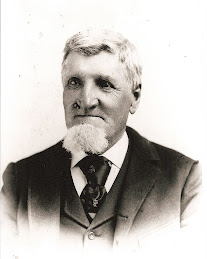
By 1820, there was great unrest in Scotland, and a general strike was called for on April 1st. On April 5th, three groups of rebels gathered, and two of them made their way toward the Carron iron works in an attempt to seize the guns there. The leaders of these two groups were Andrew Hardie and John Baird. That night, the Kilsyth Troop of the Stirlingshire Yeomanry was staying at the Inn in Kilsyth.
Archibald's autobiography describes an incident where his brother, William, blew his glass bugle to signal the turnout at midnight at the Cross of Kilsyth. Archibald states that William did not know the purpose, but he associated this event with the defeat of the radicals at the Battle of Bonnymuir. It would appear that William's signal gathered the troops staying in the town of Kilsyth to go to battle against the rebels.
After the battle, many people were carried away to jails and castles, having been accused of being part of the rebellion. Robert Gardner was one of those who was accused, and he was taken from his place of business and imprisoned in Stirling Castle. (The photo in the header of this blog is of Stirling Castle.) As a result of this rebellion, Baird and Hardie were tried and convicted of treason. They were hung in Stirling on September 8, 1820.
The map below shows the Garrel Oat mill to the north of the town, the main part of Kilsyth was to the west of the road heading south from the mill, and the church (Kirk) where Archibald's birth was recorded was south of the town.






No comments:
Post a Comment